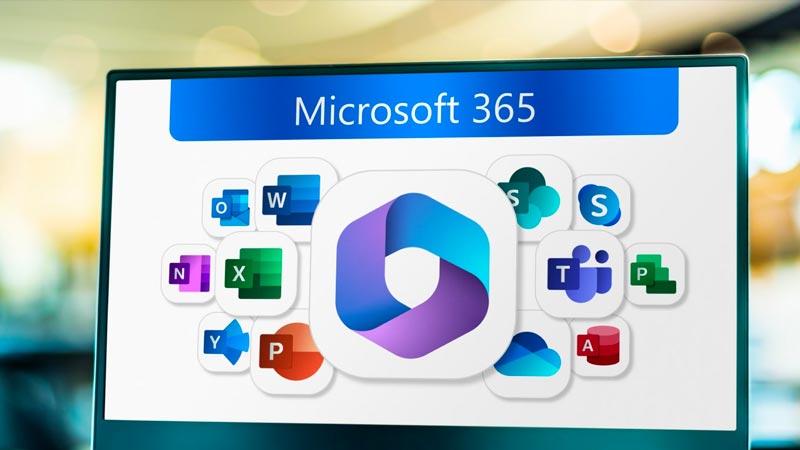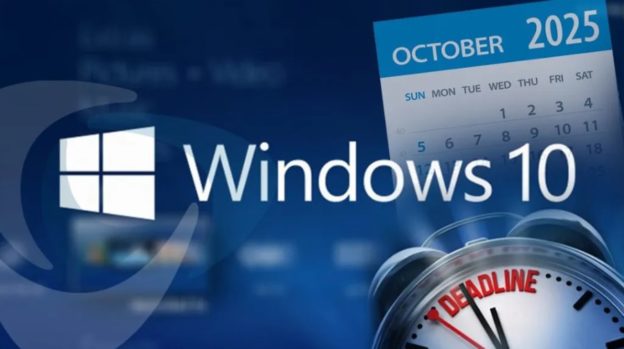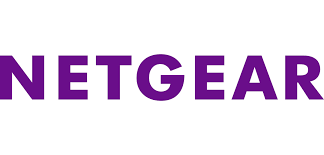Subscription-based office applications: a history of innovation
Subscription-based office applications have revolutionized the way we work. From individuals and families to businesses of all sizes, subscription-based office applications offer a convenient and affordable way to access the latest productivity tools.

Subscription based office applications a history of innovation
The early days
The first subscription-based office application was launched in 2005 by Google. Google Apps, as it was then known, offered a suite of online productivity tools, including word processing, spreadsheets, and email. Google Apps was a groundbreaking product, and it quickly gained popularity among businesses and consumers alike.
The rise of Office 365 and Microsoft 365
In 2011, Microsoft launched Office 365, a subscription-based version of its popular Microsoft Office suite. Office 365 offered a number of advantages over traditional on-premises versions of Microsoft Office, such as access to the latest features and updates, cloud storage, and online collaboration tools.
In 2020, Microsoft rebranded Office 365 as Microsoft 365. Microsoft 365 includes all of the features of Office 365, plus additional tools and services, such as Microsoft Teams, Microsoft Defender, and OneDrive.
The benefits of subscription-based office applications
Subscription-based office applications offer a number of benefits over traditional on-premises software, including:
- Affordability: Subscription-based office applications are typically more affordable than on-premises software, especially for small businesses and individuals.
- Convenience: Subscription-based office applications can be accessed from anywhere with an internet connection, making them ideal for remote workers and businesses with multiple locations.
- Security: Subscription-based office applications are typically more secure than on-premises software, as Microsoft and other vendors are constantly updating their security measures to protect their customers’ data.
- Updates: Subscription-based office applications are automatically updated with the latest features and security patches, so users can always be sure they are using the most up-to-date software.
Microsoft 365 vs Office 365: Which subscription should you buy?
Microsoft 365 is the newer version of Office 365, and it includes all of the features of Office 365, plus additional tools and services. If you are looking for the most comprehensive subscription-based office application suite, Microsoft 365 is the best option.
Which Microsoft 365 subscription should you buy?
Microsoft 365 offers a variety of subscription plans to meet the needs of different users and businesses. The following table compares some of the most popular Microsoft 365 subscriptions:
| Subscription | Users | Storage | Features |
|---|---|---|---|
| Microsoft 365 Personal | 1 | 1 TB | Word, Excel, PowerPoint, Outlook, OneNote, OneDrive, Teams, Defender |
| Microsoft 365 Family | Up to 6 | 6 TB | Word, Excel, PowerPoint, Outlook, OneNote, OneDrive, Teams, Defender |
| Microsoft 365 Business Basic | 1 | 1 TB | Word, Excel, PowerPoint, Outlook, OneNote, OneDrive, Teams, Defender |
| Microsoft 365 Business Standard | Up to 300 | 1 TB per user | Word, Excel, PowerPoint, Outlook, OneNote, OneDrive, Teams, Defender, Exchange, SharePoint |
Contact the Original PC Doctor for the assistance
If you need assistance with your Microsoft subscription or setting up Microsoft 365, please contact the Original PC Doctor. The Original PC Doctor is a team of experienced technicians who can help you with your computer and software needs.
Conclusion
Subscription-based office applications are a convenient and affordable way to access the latest productivity tools. Microsoft 365 is the most comprehensive subscription-based office application suite, and it offers a variety of subscription plans to meet the needs of different users and businesses. If you need assistance with your Microsoft subscription or setting up Microsoft 365, please contact the Original PC Doctor.
Written by The Original PC Doctor on 20/10/2023.





















































































